Choosing the Right LiFePO4 Battery: Is 12V 100Ah Enough, or Should You Go Big with 12V 460Ah?
Thinking about upgrading to a LiFePO4 battery? Great choice! These batteries are the new champions of energy storage—lightweight, long-lasting, and perfect for everything from RVs to solar setups. But here’s the catch: not all LiFePO4 batteries are created equal, especially when comparing a 12V 100Ah battery with a beefy 12V 460Ah. Let’s take a closer look to help you decide which one deserves a spot in your setup.
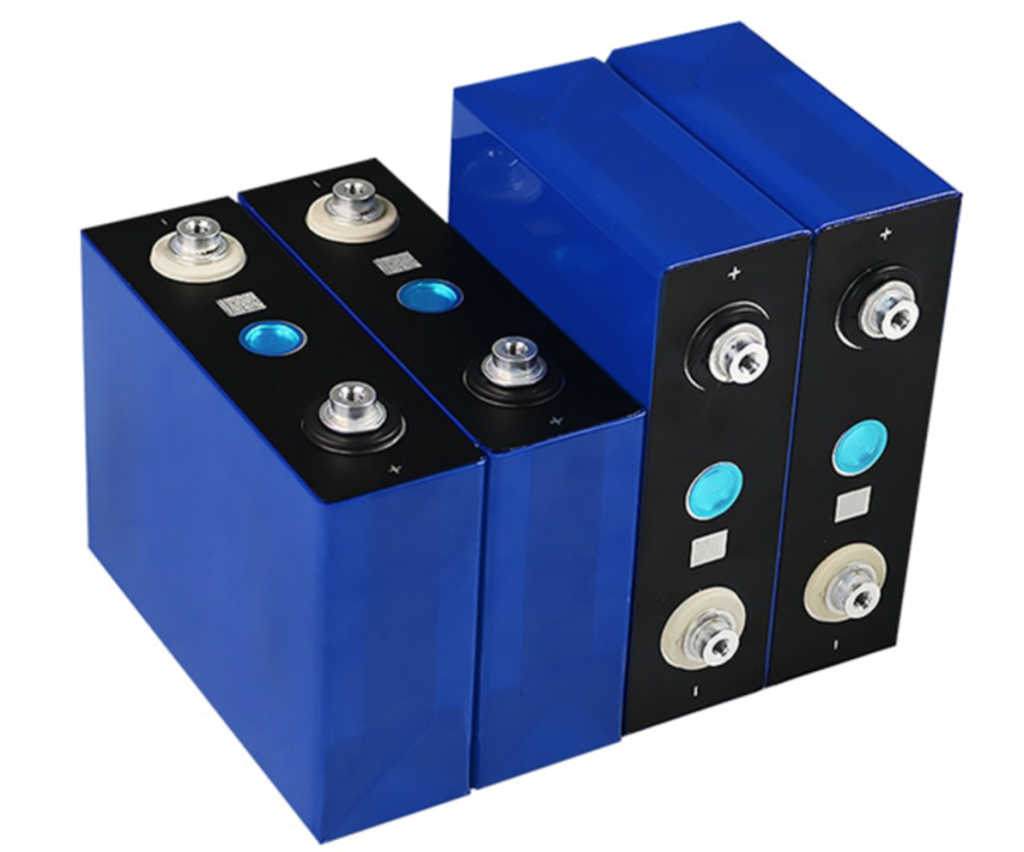
Battery Basics: Why Choose LiFePO4?
LiFePO4 (Lithium Iron Phosphate) batteries pack a punch with high cycle life, excellent energy density, and impressive safety features. Unlike traditional lead-acid batteries, they won’t weigh you down or lose juice just sitting on the shelf. But before we get too deep, let’s break down what the 12V 100Ah and 12V 460Ah options offer—and why one might be better for you than the other.
1. Capacity: How Much Power Do You Need?
- 12V 100Ah Battery: This smaller-capacity battery is ideal for medium-duty needs. With 100 amp-hours, it’s perfect for running smaller appliances, trolling motors, or powering an RV for short trips.
- 12V 460Ah Battery: Now we’re talking serious power. With 460 amp-hours, this battery can run much larger systems for longer, from off-grid solar setups to heavy-duty RVs. It’s the go-to for anyone needing sustained power without constant recharging.
- Bottom Line: The 100Ah is great for smaller setups and moderate usage, while the 460Ah is designed for those who need big, long-lasting power.
2. Size and Weight: Portability vs. Power
- 12V 100Ah Battery: This is your friend if you’re looking to keep things lightweight and portable. Weighing about 23 to 30 lbs (10 to 14 kg), it’s easy to install and move around.
- 12V 460Ah Battery: Be prepared—this bad boy is heavy! Weighing around 100 lbs (45 kg), it’s not the most mobile option, but the power it delivers can be worth the extra heft.
Bottom Line: If portability is key, stick with the 100Ah. For a stationary power source that doesn’t need to be moved, the 460Ah delivers major energy in a single package.
3. Cycle Life: How Long Will It Last?
- 12V 100Ah Battery: Expect around 3,000 to 5,000 cycles, which is fantastic for most moderate-use scenarios.
- 12V 460Ah Battery: With up to 7,500 cycles in many models, this battery is a top performer in longevity, especially under heavy cycling demands.
Bottom Line: For light to moderate cycling, the 100Ah is a solid choice. But if you’re cycling the battery frequently, the 460Ah’s higher cycle life is a smart investment.
4. Applications: What Are You Powering?
- 12V 100Ah Battery: Suitable for smaller applications, like running a few appliances in an RV, powering a trolling motor, or keeping a basic solar system running.
- 12V 460Ah Battery: This one’s for the big leagues—think large RVs, off-grid homes, or situations requiring backup power for extended periods.
Bottom Line: Match your battery size to your needs. For lighter, portable power, go with 100Ah. For heavy-duty, long-lasting power, 460Ah is your go-to.
5. Price: What’s the Cost of Power?
- 12V 100Ah Battery: Prices generally range from $200 to $500. It’s affordable upfront, making it a great entry-level choice.
- 12V 460Ah Battery: You’re looking at a higher investment here, with prices ranging from $1,000 to $2,500 or more. While steep, the capacity and longevity can justify the cost if you need the power.
Bottom Line: For budget-conscious buyers, the 100Ah is a friendly price point. But if you’re committed to serious power, the 460Ah can deliver value in the long run.
6. Self-Discharge Rate: What to Know for Long-Term Storage
Lithium batteries are already known for their low self-discharge rates, but there are some nuances:
- LiFePO4 batteries, like those in both the 100Ah and 460Ah sizes, usually have a self-discharge rate of 0.5% to 5% per month. This rate increases with higher temperatures, so storing in a cool environment is best.
Pro Tip: To keep your battery from self-draining too quickly, store it at a partial charge (40-60%) if it’s not in regular use.
Conclusion: Choosing Between the 12V 100Ah and 460Ah LiFePO4 Batteries
When it comes down to it, picking between a 12V 100Ah and 460Ah LiFePO4 battery is all about balancing your power needs with portability, budget, and long-term use. Here’s the quick recap:
- For Lightweight, Moderate Power: The 100Ah battery is perfect for RVs, small solar systems, and applications where portability and budget are priorities.
- For Heavy-Duty, Long-Term Power: Go with the 460Ah battery if you’re looking to run a large RV, off-grid system, or home backup power. It’s an investment but can be worth it for the extra cycles and capacity.
So, are you ready to power up your setup? Whether you need a compact 100Ah battery for weekend getaways or a powerhouse 460Ah for an off-grid lifestyle, there’s a LiFePO4 battery out there that’s just right for you!

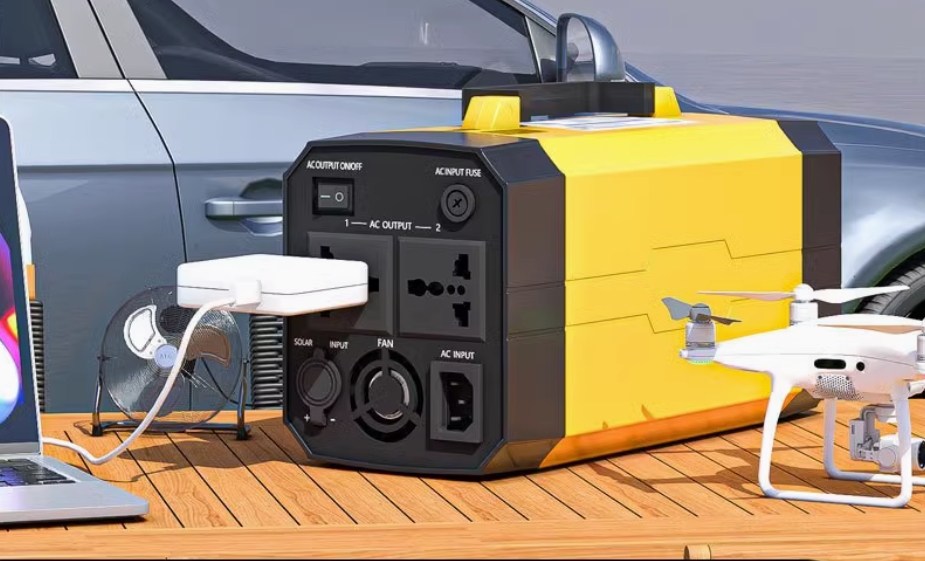
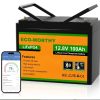
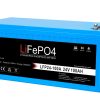
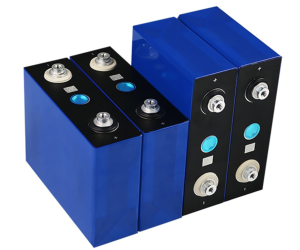
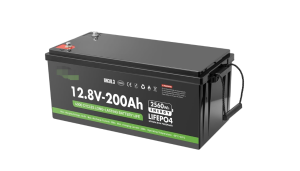
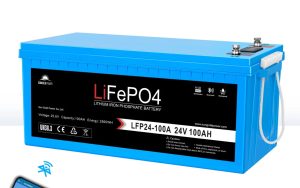
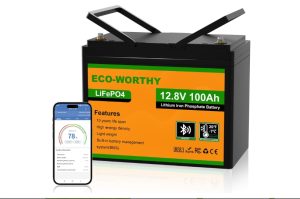
Add comment